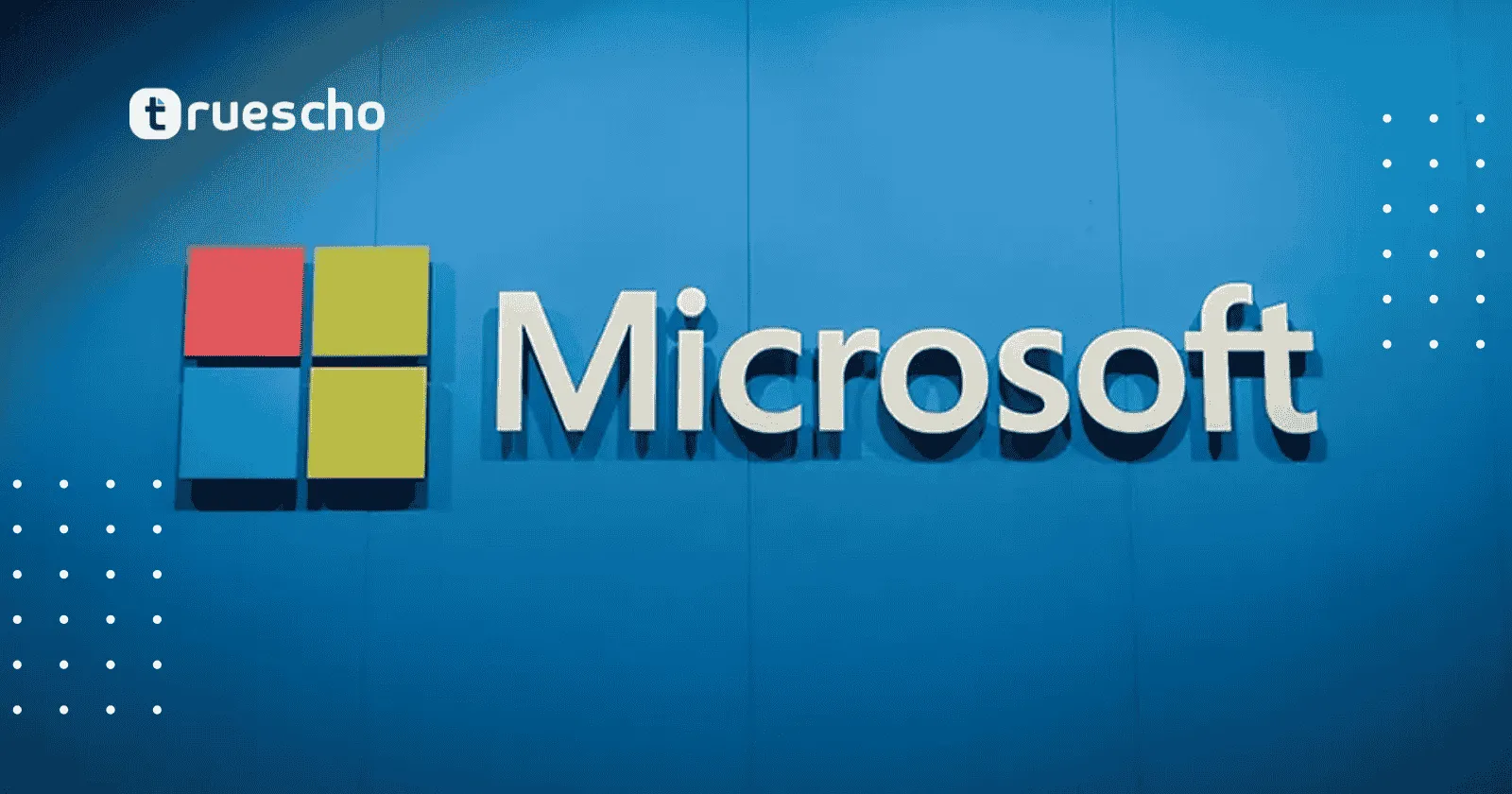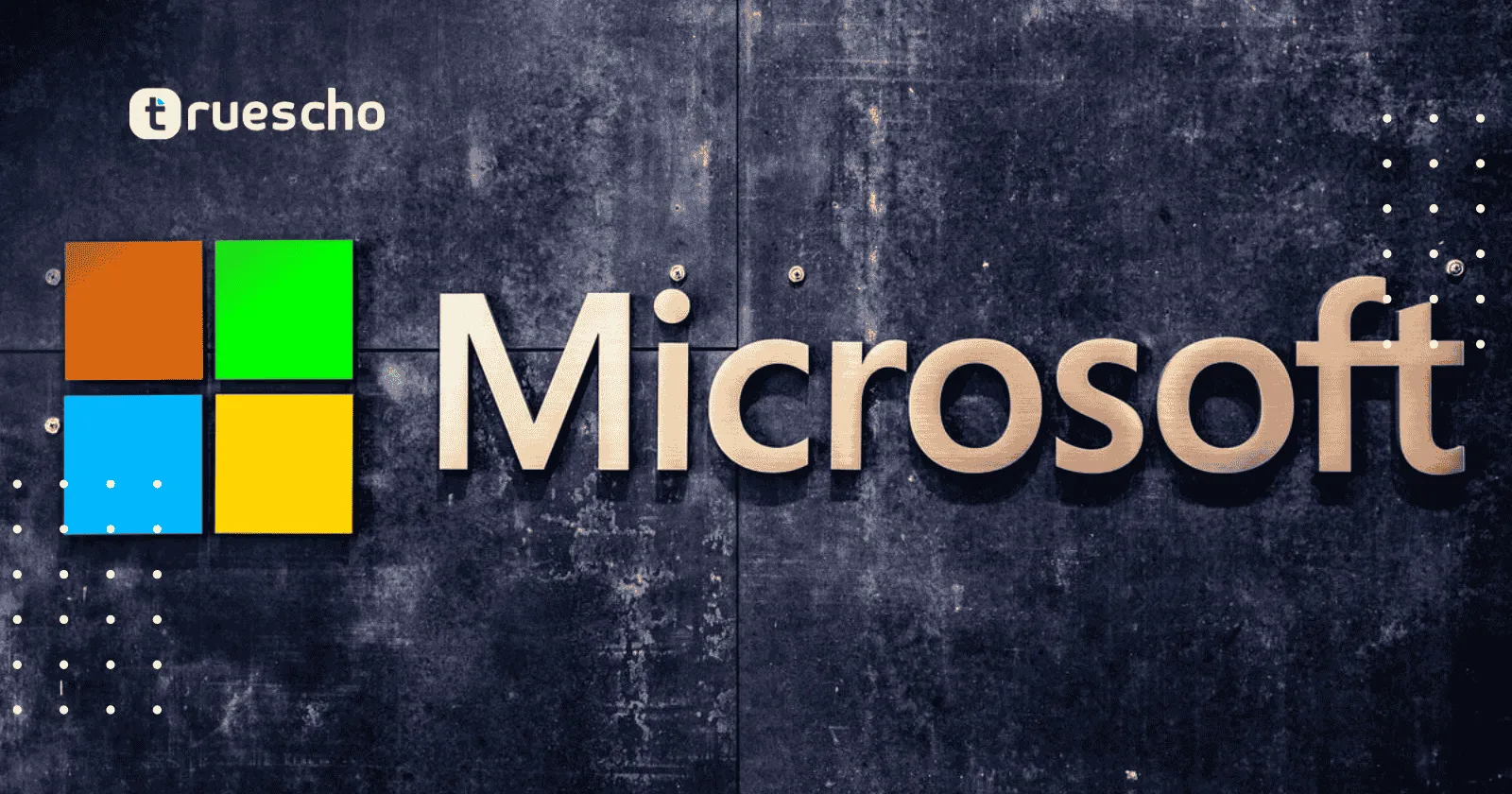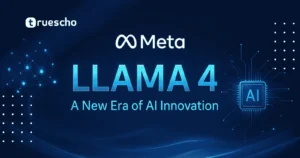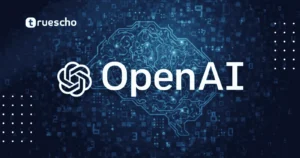Microsoft is exploring a way to credit contributors to AI training data
Table of Contents
- A New Era of Transparent AI Training
- The Importance of Recognizing Data Contributors
- Benefits for Creators and the Industry
- Addressing Legal and Regulatory Concerns
- Innovative Approaches in AI Data Attribution
- Integrating Data Dignity: The Role of Jaron Lanier
- Challenges Ahead and a Look at the Future
- A Quick Look at the Competitive Landscape
- Implications for the Broader AI Ecosystem
- Conclusion: A Step Toward a Fairer Digital Future
A New Era of Transparent AI Training
Recent endeavors in the tech world have seen companies grappling with how their models use massive datasets. Traditionally, AI-driven systems, such as language models and image generators, have been trained on vast amounts of information scraped from the internet, often without explicit attribution to the original content creators. This lack of clarity has brought forth debates related to intellectual property rights and fairness for creative individuals. Microsoft’s new research project is positioned as a pioneering step in addressing these challenges.
The project will explore “training-time provenance,” a concept that revolves around tracking how particular pieces of data—like photos, written works, or artworks—influence the final output of an AI system. According to details shared in a job listing for a research intern on LinkedIn, the goal is to estimate the contributions of various data sources effectively. By shedding light on the inner workings of neural networks, Microsoft envisions a future where the opaque process of data amalgamation is replaced by a more accountable and equitable system.
Read also: Barack Obama joins Bluesky
The Importance of Recognizing Data Contributors
Central to this research is the idea that the individuals whose work informs AI models deserve recognition and, potentially, financial reward. The approach mirrors what technologist and researcher Jaron Lanier has advocated in his writings on “data dignity.” Lanier’s theory emphasizes that behind every digital artifact lies a human touch—a creative spark that may just deserve acknowledgment when it plays a significant role in generating new content.
Imagine a scenario where an AI is asked to produce a unique animated movie. In this case, the system might draw on styles and techniques inspired by renowned painters, illustrators, and storytellers. Tracing this influence would not only provide transparency but also pave the way for systems where influential contributors could receive recognition and possibly compensation for their indirect yet valuable participation. Such recognition would serve as an incentive for artists, writers, programmers, and other creatives whose works form the backbone of modern AI models.
Benefits for Creators and the Industry
- Transparency: By clearly documenting which data has contributed to a particular output, companies can adopt a more transparent approach, facilitating trust between AI developers and content creators.
- Incentives for Innovation: Knowing that their contributions will be acknowledged (and potentially rewarded) may motivate creatives to share high-quality content, fostering a more robust ecosystem.
- Legal Clarity: With growing legal pressures and copyright lawsuits, having a traceable record of data inputs could help companies navigate the complex landscape of intellectual property rights.
Read also: Firebase Studio Alternatives
Addressing Legal and Regulatory Concerns
While the prospect of tracing data origins holds promise for rewarding contributors, it also comes at a time when several legal battles loom over the use of copyrighted content in AI training. In recent years, lawsuits have been filed against major companies for allegedly using copyrighted works without permission. For instance, The New York Times has taken legal action, arguing that its millions of articles were used in training AI models without proper authorization. Similarly, software developers have raised concerns regarding AI tools that allegedly incorporate their work without compensation.
Microsoft, like its peers, finds itself entangled in legal disputes concerning copyright infringement. By pioneering a methodology to trace training data, the company aims not only to innovate but also to potentially mitigate these ongoing legal challenges. A transparent system that recognizes and compensates data contributors could help bridge gaps between content creators and tech giants, thereby fostering a more balanced relationship moving forward.
Innovative Approaches in AI Data Attribution
Microsoft’s initiative is among several recent efforts in the industry to establish fair data practices. Other firms are also looking at methods to programmatically reward data contributors. For example, some ventures have introduced systems that calculate the overall influence of particular datasets, and then distribute payouts to the contributing parties. Although the figures and exact mechanisms remain somewhat opaque, these experiments signal a shift towards an ecosystem where data contributors are more than just faceless inputs in an algorithm.
Notably, while many large organizations offer “opt-out” mechanisms for copyrighted content in future training deployments, these approaches often fail to honor rights for previously trained models. With this in mind, Microsoft’s research project appears to be a proactive initiative to redefine accountability in AI training.
Integrating Data Dignity: The Role of Jaron Lanier
The involvement of Jaron Lanier in Microsoft’s research project lends significant weight to the endeavor. A celebrated technologist and interdisciplinary scientist at Microsoft Research, Lanier is well-known for his perspectives on digital ethics and data dignity. In various op-eds and writings, Lanier has argued that every piece of digital content should be linked back to its creator, ensuring that the value of creative work is duly recognized.
For instance, in a notable article in The New Yorker, Lanier discussed how a data-dignity approach could transform AI development by ensuring that the people whose work lies at the foundation of a model’s output are credited. This perspective, when applied to Microsoft’s new project, not only pushes forward the boundaries of what is technically possible but also challenges conventional business models where content is commoditized without due reward.

Challenges Ahead and a Look at the Future
While the concept of tracking data contributions is exciting, there are notable challenges to overcome. The current neural network architectures do not easily lend themselves to tracing individual influences, and the process of accurately estimating the contribution of a particular dataset is a complex endeavor. Microsoft’s project is, therefore, a proof of concept that could pave the way for more refined systems in the future.
Moreover, it remains to be seen how this research will integrate with the evolving legal frameworks around copyright and data use. The competitive landscape includes calls from other tech giants like Google and OpenAI to reshape copyright laws to better suit modern AI practices. Such debates underscore the necessity for a balanced approach that both promotes innovation and protects intellectual property rights.
Importantly, the research reflects a broader trend within the tech industry: a commitment to ethical practices and a willingness to re-evaluate long-standing norms surrounding data usage. Microsoft’s work in this area may soon influence regulatory policies and serve as a model for other companies to follow.
“A data-dignity approach would trace the most unique and influential contributors when a big model provides a valuable output,” said a leading voice at Microsoft Research. Such acknowledgment not only fuels creative inspiration but also reminds us of the human effort behind every digital innovation.
Read also: NA10 MCP Agent Update
A Quick Look at the Competitive Landscape
Outside of Microsoft’s efforts, several other companies are experimenting with similar ideas. AI model developers have started integrating features that systematically compensate for the use of data in training, and established media companies are increasingly vigilant about the unauthorized use of their content. Adobe and Shutterstock, for instance, have initiated regular payout systems to remunerate dataset contributors, reflecting early moves towards more transparent AI practices.
This emerging trend highlights a critical shift: the need to align technological innovation with fair practice and accountability. The industry’s move toward clear attribution and compensation is not just about legal compliance—it is also a response to the evolving expectations of creators and regulators alike.
Implications for the Broader AI Ecosystem
The proposed framework by Microsoft, which seeks to credit contributors to the vast datasets behind AI outputs, is more than an academic exercise. It has profound implications for creativity, innovation, and the balance of power between large tech companies and individual creators. If successful, these methods could redefine how AI models are trained, making the process more responsible and less susceptible to ethical and legal quandaries.
As the conversation around intellectual property evolves, the tech industry faces a pivotal moment. The approach could act as a blueprint for future training protocols that are not only efficient but also just, ensuring that the digital community reaps the benefits of innovation without sidelining the rights of the original content creators.
Read also: OpenAI Optimus Alpha
Conclusion: A Step Toward a Fairer Digital Future
Microsoft’s exploration into crediting data contributors during AI training is an important development in the rapidly evolving field of artificial intelligence. By investigating new methods of establishing training-time provenance, the company is not only enhancing transparency but also laying the groundwork for a more ethical approach in AI development. This project stands as a potential turning point—one that could lead to tangible rewards for creators and help resolve ongoing legal debates surrounding copyright in the digital era.
Though challenges remain and the journey toward full implementation may be complex, Microsoft’s initiative is a promising step toward reconciling technological advancements with the fundamental rights of content creators. As discussions on fair use and intellectual property rights continue to gain momentum, this pioneering research may well signal the dawn of a new, more equitable age in the confluence of AI and creative expression.
Ultimately, this is not just a technical upgrade—it’s a cultural shift that recognizes the human element behind every line of code and stroke of digital art. Microsoft’s efforts remind us that innovation and fairness can go hand in hand, guiding us toward a future where every contributor is seen, acknowledged, and rewarded.
For those interested in staying ahead of the curve in AI and digital ethics, keeping an eye on projects like this is essential. As more companies explore similar paths, the potential for a balanced and respectful digital ecosystem grows—one where creativity, technology, and fairness are seamlessly integrated.
Read also: N8N AI Agent: Breakthrough MCP Update






